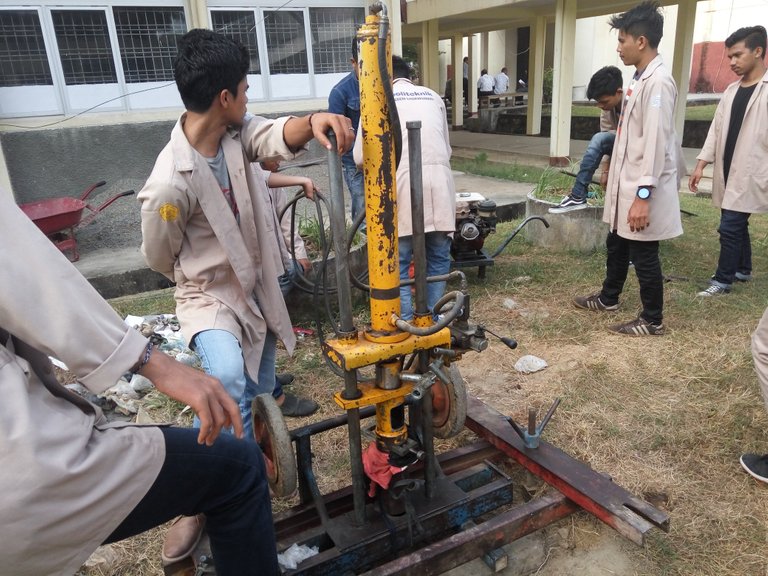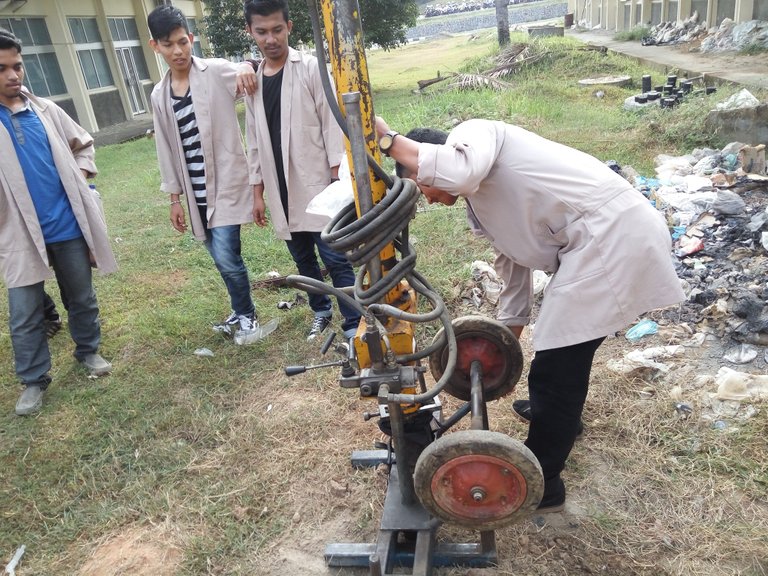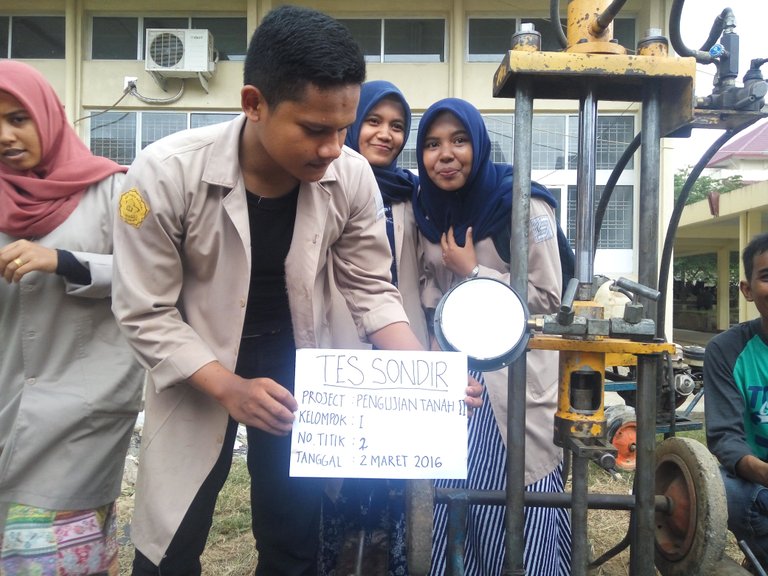
Testing sondir test is one of penetration testing that aims to determine the carrying capacity of the soil in each layer and know the depth of the supporting layer of hard rock layer. It is intended that in designing the foundation to be used as a supporter of the column above the building has a safety factor (high safety factor) so that the building on it remains strong and does not experience a decrease or settlement that can be dangerous from the safety side of the building and the occupants therein. The Sondir test can be used to determine soil profile, relative density (for sand), soil shear strength, soil stiffness, soil permeability or coefficient of consolidation, shear pole shear strength and soil carrying capacity

There are many structural failures (collapsed / collapsed buildings) due to the unnoticed importance of soil test testing, so it is advisable to conduct soil testing (sondir), so it can be designed type of safe and effective foundation in accordance with the characteristics of the land of the building to be built
Sondir is a cylindrical tool with a conical end. Usually used is Begemann's bi-conus type which is equipped with a blanket / jacket to measure local insulation resistance (side friction) with the following dimensions:
Cone cone angle: 60
Conus cross section area: 10.000cm2
Area of Blanket / jacket: 150cm
In the sondir test, the handlebar is pressed into the ground and then the ground resistance to the tip of sondir (end resistance) and the friction on the cylindrical cylinder is measured. This tool has long been in Indonesia and has been used almost every ground investigation on civil engineering work because it is relatively easy to use, fast and very economical.
In fact this sondir test tool is a representation or model of a small pole foundation. The technique of estimating the location or depth of hard soil with a stem has long been practiced since ancient times. The earliest version of this estimation technique was developed in Sweden in 1917 by the Swedish State Railways and the many uses of the pile foundation; in 1934 the Dutch introduced the sondir tools as we know them today (Barentseen, 1936)
This method is then known by various names such as: "static penetration test" or "Duch Cone Statick Penetration Test and briefly called soundingsaja which means estimation. In Indonesia then called sondir taken from Dutch.
The Sondir test is currently one of the field trials that have been accepted by practitioners and geotechnical experts. This sondir test has demonstrated the benefit of predicting the profile or plating (stratifying) the soil against depth as the soil behavioral type has been identified from the combination of the end-reading and frictional blanket results.
An important measure measured in the sondir test is the tip resistance taken as the penetration force per unit of cross sectional edge area (qc). The magnitude of this style often indicates the identification of the soil type and its consistency. On the ground of the sand, the tip end is much larger than the fine grain.
Test the carrying capacity of this land or sondir is done for building more than one floor like house more than one floor, kosan two or more floors, construction of hotel, factory, hospital, villa, school and others ..
The Sondir Test is more than just a requirement to manage IMB (Building Permit), but more than that, Sondir Test is your safety tool and your building. May be useful

waawo gd